As Arthur C. Clarke famously said, “Any sufficiently advanced technology is indistinguishable from magic.” Today, technology has become an indispensable part of our lives, seamlessly integrating efficiency and convenience. Historically, specific technological innovations have profoundly impacted daily life, making us marvel at their capabilities. For instance, until the early 2000s, alarm clocks woke us up on time. Then, mobile phones took over, and now devices like Alexa and Siri handle that task. This simple example highlights how technology has dramatically evolved, reshaping our lives in communication, transportation, healthcare, retail management, and personal skills.
Let’s dive into the world of some outstanding technological creations that are making our lives easier:
5G
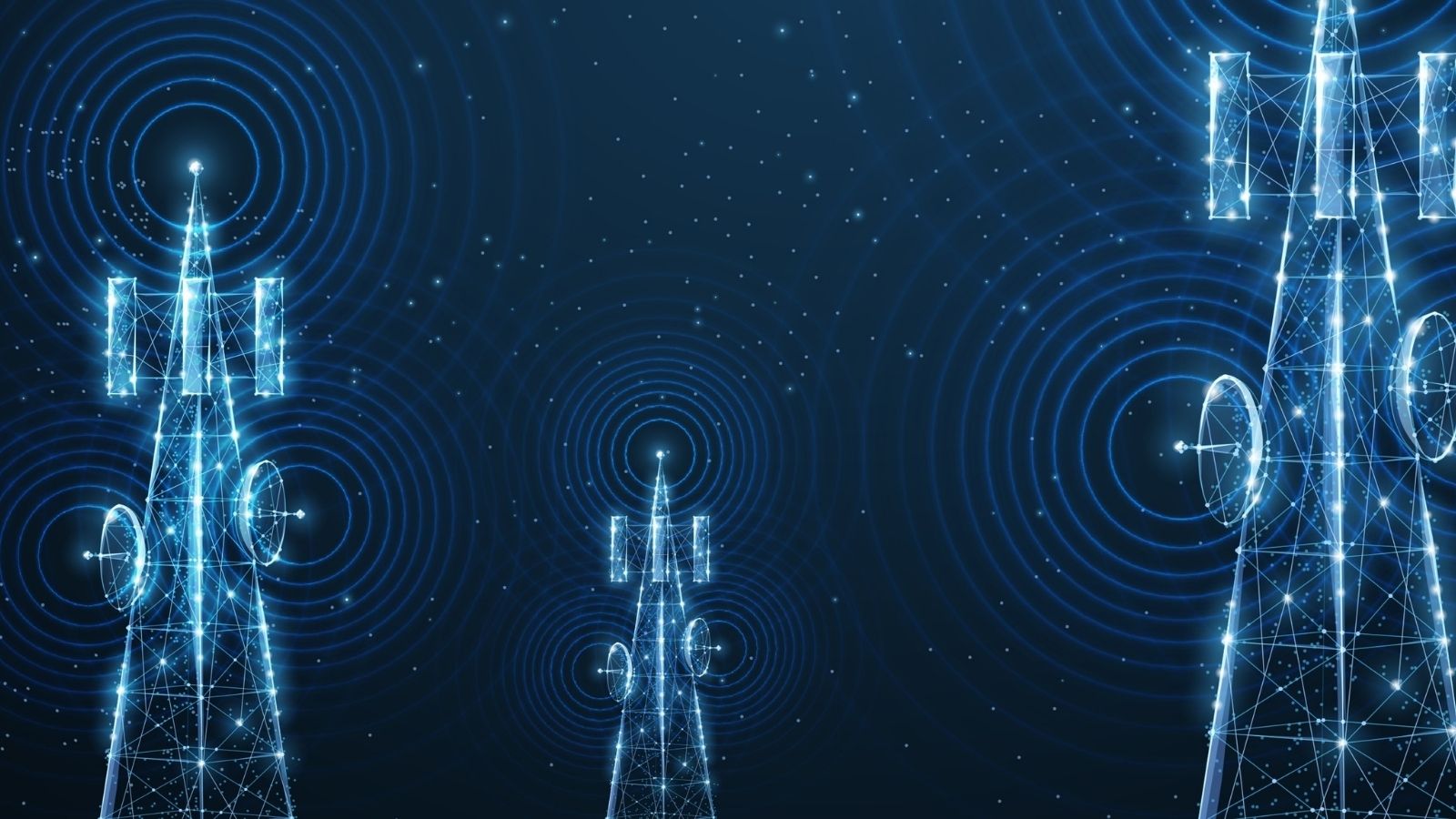
The fifth generation of mobile networks, 5G technology, is transforming how humans work and live. 5G is not merely related to fast data transfer or streaming videos in HD quality. One of the most significant advantages of 5G, though, is its exceptional speed and low latency; this feature is helping create multidimensional transformations across various sectors:
Entertainment and Media Industry: The entertainment industry has immensely benefitted from 5 G. For now, it can offer its customers high-quality streaming services and immersive experiences that can enrich their viewing experiences.
Healthcare Sector: 5 G facilitates real-time remote monitoring and telemedicine, revolutionizing healthcare. For instance, wearable devices may continuously monitor a patient’s vital signs while transmitting instant data to medical personnel. The data transmission enables early notice of potential health problems and timely responses. This improves patient outcomes and makes health care readily available, especially in distant areas.
Education Sector: 5G technology has revolutionized the education sector, offering more engaging and immersive learning experiences. In addition, Virtual or Augmented Reality can be leveraged in the classroom, where students can take virtual field trips or undergo advanced scientific experiments in a simulated environment. For instance, in a biology class, a 3D human body model may be applied to teach anatomy and physiology, thereby helping learners better understand the concepts involved.
Blockchain Technology
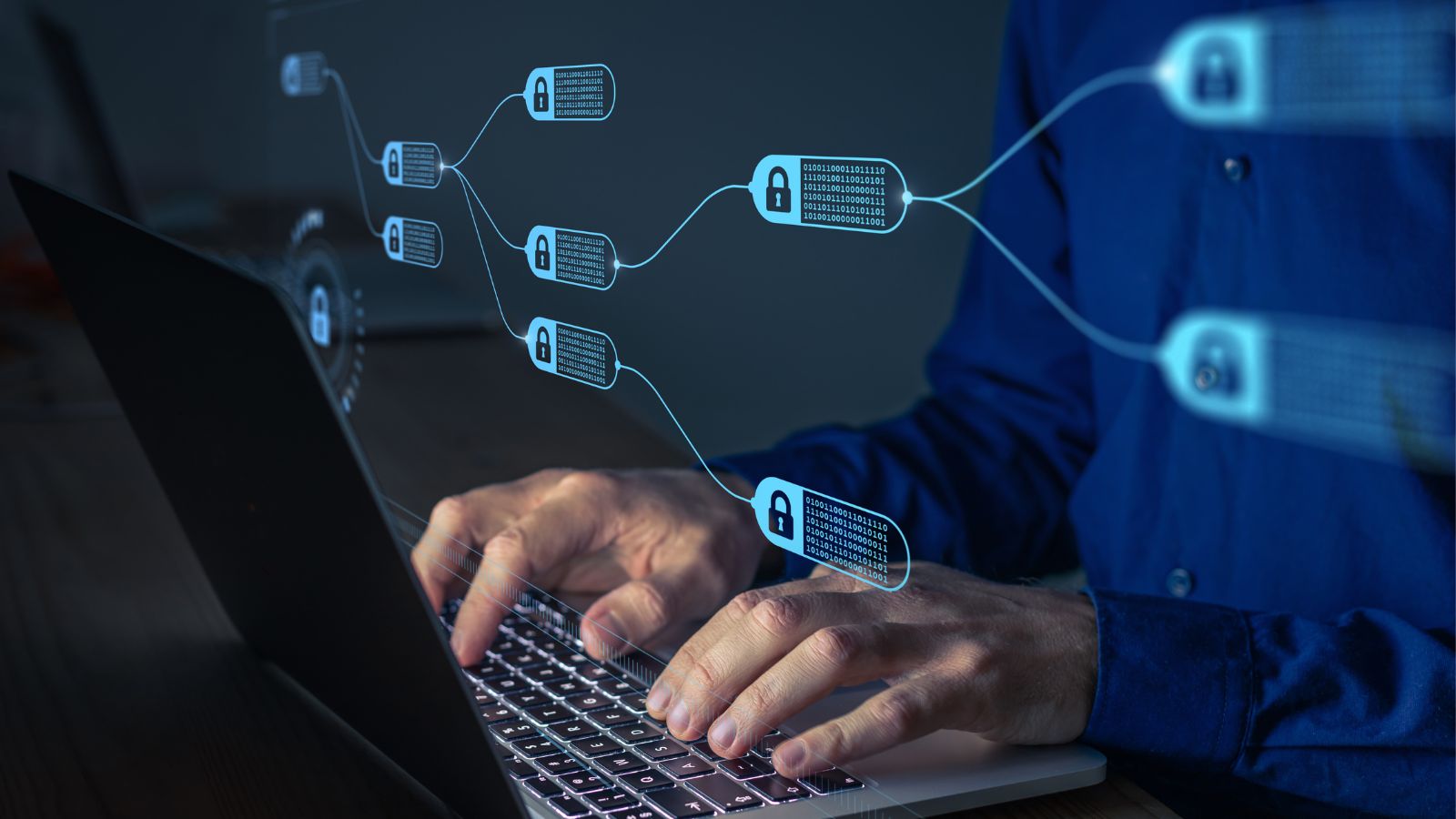
Blockchain technology enabled cryptocurrencies like Bitcoin and has moved on to broader applications. Several industries have found value in enabling them to secure public, hack-proof records.
Finance: Blockchain significantly improves and secures financial transactions. Smart contracts simplify complex transactions by automatically executing agreements directly in the contract’s code. Platforms like Ethereum enable Decentralized Finance (DeFi), which allows for peer-to-peer lending, borrowing, and asset exchange without the involvement of institutions, lowering transaction costs and increasing accessibility.
Supply Chain Management: Blockchain technology creates a transparent and tamper-proof record of product travels, from creation to delivery. Companies like Amazon and Walmart use blockchain to monitor the provenance of food goods, assuring quality and safety. Traceability aids in the rapid identification and resolution of concerns, such as contamination in the food supply chain, storage of FMCG goods, etc.
Healthcare: Patients’ medical records can be securely stored and shared, with privacy and data integrity maintained through a blockchain. Efforts to decentralize healthcare information from Medicalchain and related projects offer individuals command over their own medical data and the ability to share such data with reliable healthcare providers easily.
IoT
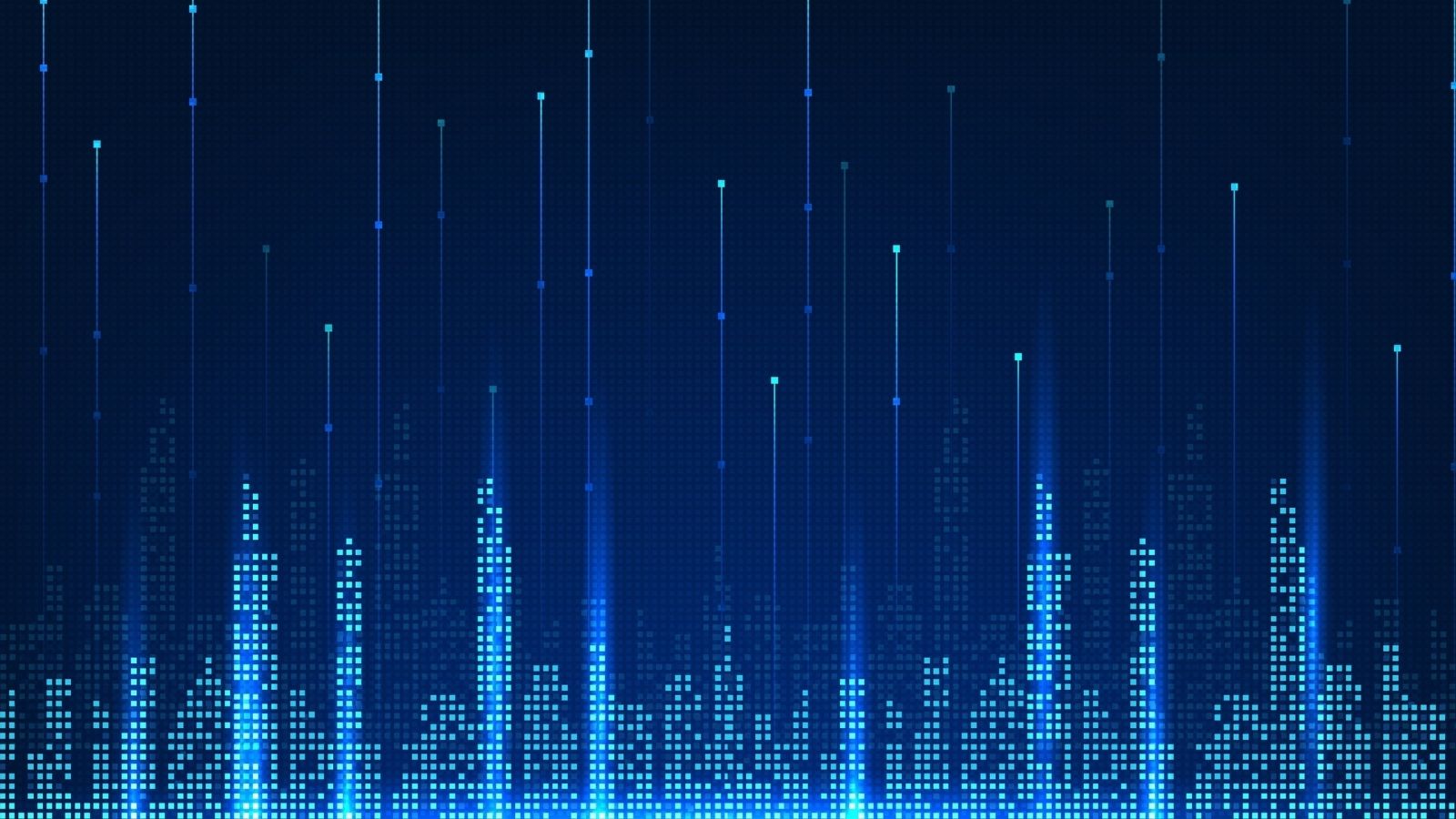
The Internet of Things, or IoT, as it is commonly known, is an associated network of interconnected devices that communicate data with each connected node. The use of IoT is varied and diverse, ranging from home automation to fitness tracking to navigation to sustainable farming techniques, bringing about convenience and effectiveness in every sphere.
Agriculture: IoT helps address various challenges in the agricultural industry, such as food security and irrigation. Irrigation done via automated systems helps conserve water, leading to sustainable farming practices.
Smart Devices: “Smart” makes work easier. From home automation through smart lights and locks to voice assistants like Google Home, every single smart device has one common thing behind it, and that superpower is IoT. By facilitating automation like this, IoT helps to build a sustainable system that not only enhances ease of living but also helps to conserve the environment for future generations.
Transportation and Navigation: IoT-enabled navigation systems and GPS help the transportation sector greatly by providing real-time traffic updates, route suggestions, accommodation options, etc. These not only help commuters but also help governmental authorities ensure smooth traffic flow and fewer occurrences of traffic rule violations.
AR and VR
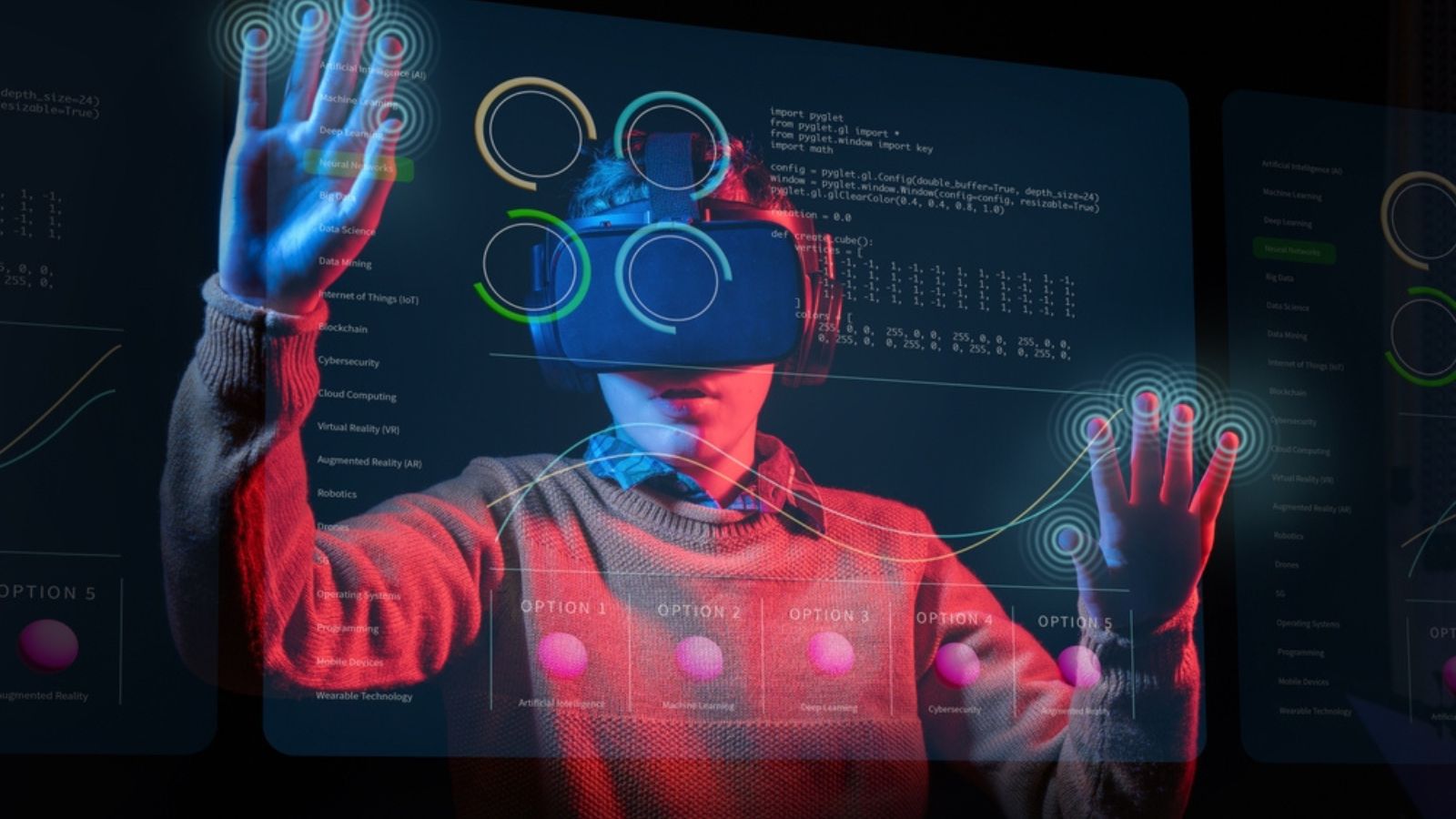
Augmented and Virtual Reality are amazing individually, but when they come together, they can really work wonders. AR and VR have introduced the world of immersive experiences to the globe in such a way that now, even before buying a pair of sunglasses online, a person can actually try them on themselves in a virtual mode in real-time and decide whether they suit them or not—and that’s for real!
Education: AR and VR are changing how education works by taking interactive learning to a different level. VR simulates environments that can be found in the actual world for training programs like medical operations or hands-on techniques, allowing learners to perfect themselves within the safety measures established. With Google Expeditions, among other platforms offering virtual field trips, students can learn and understand comprehensively.
E-Commerce: Whether it is IKEA or Amazon, most e-commerce giants have incorporated 3D views of products that they feature online to ensure that the customers can be fully assured of how the product will look in their home or on themselves accordingly before making a purchase. This feature not only enhances consumer experience but also helps reduce exchanges and returns, which is one of the biggest challenges the e-commerce industry faces.
Gaming: One arena that has seen massive acceptance of VR is the gaming industry. Whether it is PlayStations, gaming zones, or even a tiny gaming kiosk at supermalls and airports, VR gaming is one thing that excites kids the most. The virtual world experience transports the gamer into a different world, and coupled with VR headsets and VR boxes, it becomes a one-of-its-kind exploring adventure for gamers.
AI and Machine Learning
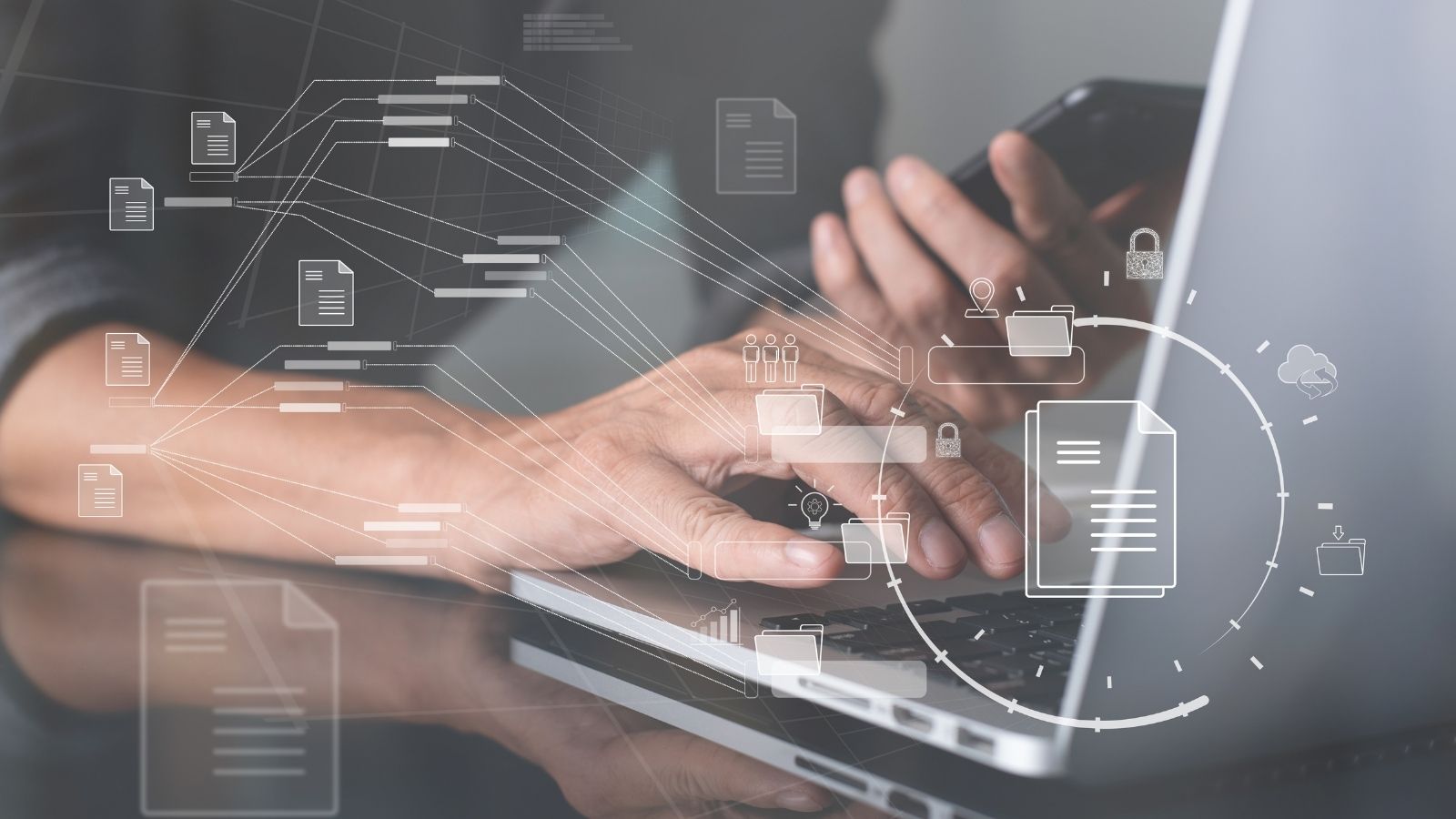
The way Artificial Intelligence (AI) and Machine Learning (ML) have revolutionized the technological sector is impressive. From predictive analytics to consumer behavioral study to advanced diagnostic tools, AI and ML are omnipresent in every sector and are doing absolute wonders in the evolution of technology.
Customer Service: Chatbots using artificial intelligence improve customer service by providing quick responses and addressing frequently asked questions so that the customer support team can concentrate on more complex matters. This not only increases customer satisfaction but also boosts organizational productivity.
Personal Assistants: The AI utilized by Apple’s Siri, Google Assistant, and Amazon’s Alexa performs various roles, such as setting reminders or managing home automation devices. They learn from interacting with us, and this improves their ability to predict what we need and guide us accordingly.
Environment: AI through predictive analytics helps analyze a vast amount of climate data to understand weather patterns and climatic graphs and helps authorities implement strategies that can mitigate the effects of climate change on the globe.
In today’s world, it would not be incorrect to say that most of our lives depend on technology, and technology has seen various inventions and innovations throughout many years that have not only made life easy but have also solved significant issues in various sectors. Today, if a robot can perform surgery with a precision better than a physical surgeon, it is only possible because of the advent of technology. While technology constitutes a significant part of our lives, it is essential to understand that using it wisely is crucial, and complete reliance on technology is unfavorable. A correct proportion of manual intervention, along with technological advancement, can lead to significant transformations all around the globe, thereby making the world a better tech-savvy place to survive in.
Alanna Rosen is an experienced content writer that focuses on many finance and educational content. Her articles are regularly published on Web3Tribe and syndicated on large publications.
